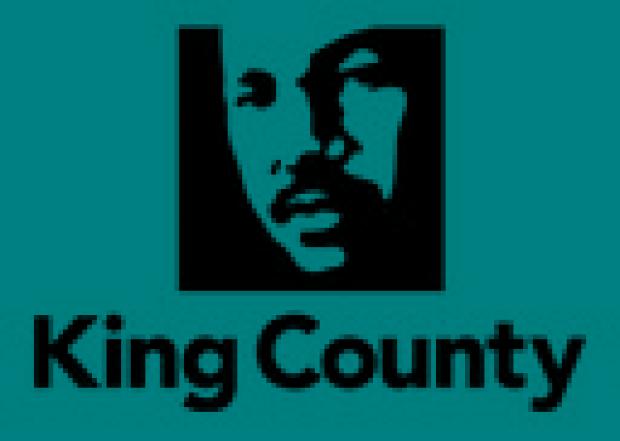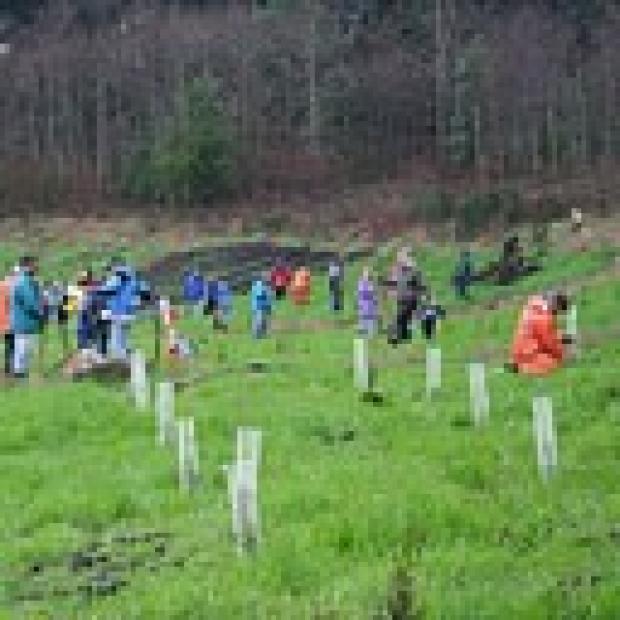
King County, Washington is working on biocarbon sequestration in multiple ways. As examples:
King County continues to acquire, protect, restore and provide stewardship for over 26,000 acres of natural lands. Healthy natural lands naturally sequester biocarbon and also help reduce the severity of local climate change impacts such as flooding and ecosystem impacts. In 2011, King County acquired more than 780 acres of natural lands adding to King County Parks’ system. Additionally, Parks volunteers provided over 58,000 hours of service, planting more than 23,000 native plants and removing invasive weeds, while the Water and Land Resource Division planted nearly 60,000 trres and plants. The Solid Waste Division is also actively restoring lands, for example in 2011 over a thousand trees were planted on the closed Puyallup/Kit Corner landfill. King County also continues to support private stewardship efforts; in 2011, 720 additional privately owned acres were enrolled into King Conservation District farm or rural stewardship plans.

In partnership with the National Wildlife Federation, in 2011 King County developed a new interactive online resource – the Urban and Community Forestry Climate Preparedness and Response Program - for private landowners to learn about the relationship between climate change and their forests and to connect them to resources to support forest and soil stewardship.
King County's Wastewater Treatment Division serves about 1.5 million people, providing high quality and effective treatment to wastewater collected within a 420-square-mile service area. Cleaning wastewater to high standards is an energy-intensive effort, one that also creates significant greenhouse gas (GHG) emissions. One way that King County mitigates its energy use and GHG emissions is by making and land-applying Loop biosolids, an organic product extracted during the wastewater treatment process. During Loop’s production, methane gas is created, captured and used as a renewable energy source. As a soil amendment and replacement for synthetic fertilizer, Loop returns nutrient and carbon rich organic matter to the soil, both improving soil health and growing bigger plants faster. Loop is an endlessly renewable resource that is a sustainable alternative to synthetic fertilizer, supports creation of renewable energy, and adds biocarbon to soils.
Biosolids are an endlessly renewable resource
Kate Kurtz, Biosolids Project Manager for King County Wastewater Treatment Division (WTD) likes to say that King County’s biosolids are “an endlessly renewable resource.” And this will be true as long as 1.5 million or so people served by the County’s wastewater treatment system eat food and contribute their waste via toilets to the system.
Watch this short interview with Kate, and then in our second clip see an honest-to-goodness doo-flippin machine in action (Loop biosolids getting applied to a Washington forest to enhance the soil and the plants). Brian Vrablick, Forestry Project Manager for King County WTD explains how it's done.
Give for a brighter future
Connect
Join our email list to learn about what we do and how to get involved.